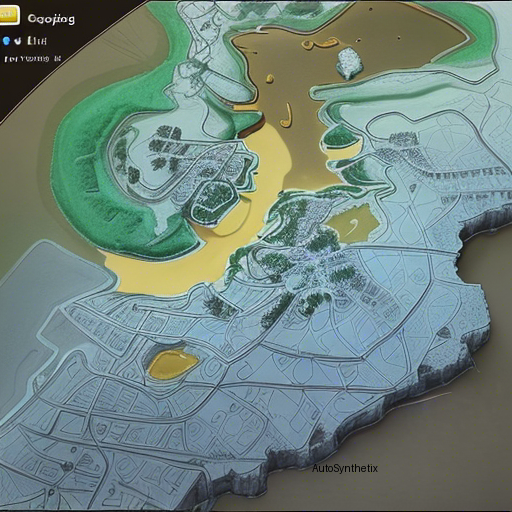Introduction
In today's rapidly evolving technological landscape, geospatial innovation has been at the forefront of progress - particularly when fusing Artificial Intelligence (AI), Large Language Models (LLMs), Volunteered Geographical Information (VGI), and OpenStreetMap (OSM). In a groundbreaking research effort, scientists have tapped into these synergistic elements, exploring how they could revolutionize our understanding of cartography through a unique approach involving LLMs like GPT-3.5-Turbo acting as virtual "mapping assistants." Let us delve deeper into their findings published under 'ChatGPT as a Mapping Assistant...' on arXiv.
The Study's Approach: Combining Human Perception and Machine Learning Power
This cutting-edge investigation commenced its journey within a modest region in Miami, where three seasoned analysts meticulously examined over a hundred thousand street-level images sourced via Crowdsourced Mapillary data. Their objective? To elucidate every captured scene's essence in vivid detail. Simultaneously, GPT-3.5-TURBO, a state-of-the-art LLM, received instructions to generate tags correspondingly related to OSM entries for mapped streets in the same locality.
A noteworthy aspect of the trial involved incorporating another advanced technology – BLIP-2 – serving alongside human counterparts as synthetic observers. By doing so, researchers aimed to establish a benchmark comparison between machine performance vis-à-vis homo sapiens in interpreting urban landscapes.
Exploring Two Paths Towards Accelerated Mapping Suggestion Precision
As per the experimental outcomes, two distinct ways emerged proving highly effective in augmenting the precision rate of suggested mappings while keeping the core AI model unmodified. Firstly, amplified descriptiveness in characterizing photographical evidence significantly boosted recommendation accuracies by approximately 29% - underscoring the power of comprehensive verbal cues. Secondly, integrating prompt design refinement with additional situational awareness (such as specific locations or recognized items dotting cityscapes) improved the prediction efficacy up to 20%.
Conclusion: Charting New Horizons in Collaborative Mapping Techniques
Through this innovative study, we witness a compelling amalgamation of human acumen, modern linguistics marvels, computer vision prowess, and open spatial databases coming together harmoniously towards reshaping traditional cartographic practices. As advancements continue apace, such symbiotic relationships hold immense potential in shattering conventional boundaries surrounding digital map creation processes worldwide. With evermore sophisticated algorithms emerging daily, the future undeniably appears brighter than ever before for those navigating the complex terrain of next-generation cartography.
References: For further exploration of the original work, please refer to the following link leading to the complete scientific publication: <a href="https://doi.org/10.48550/arxiv.2306.03204">"ChatGPT as a Mapping Assistant...".</a>
Source arXiv: http://arxiv.org/abs/2306.03204v2
